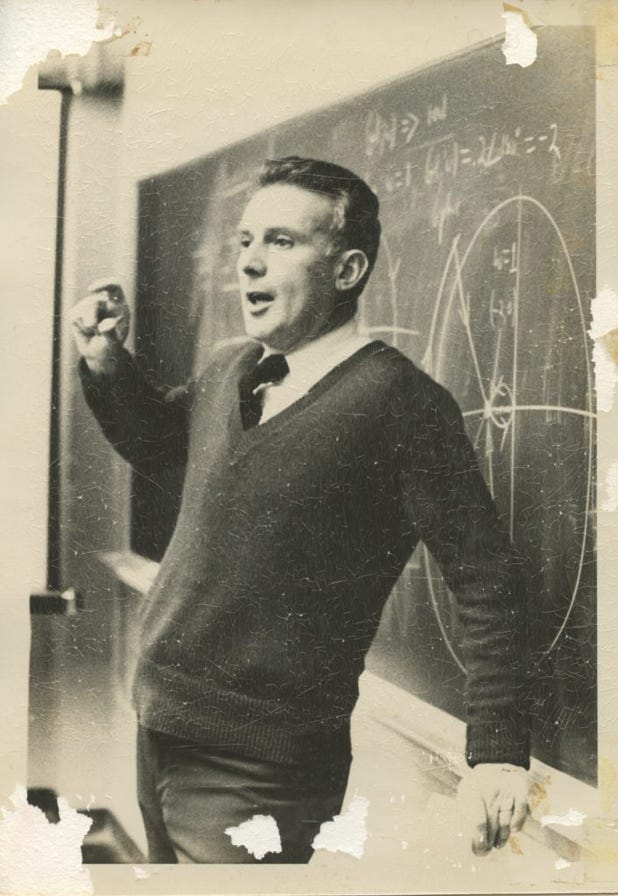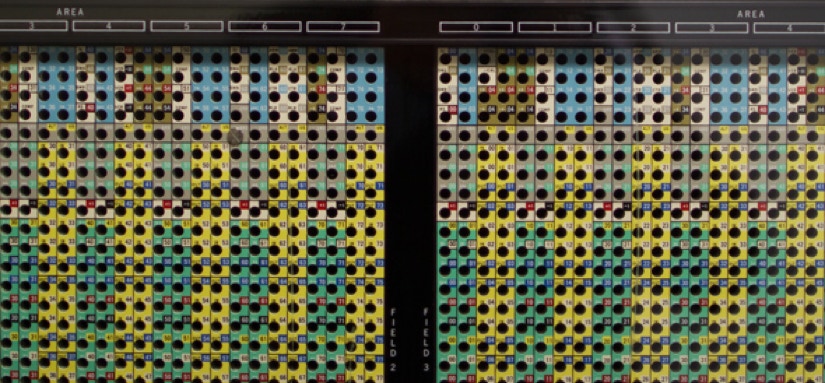Robert M. Howe, Ph.D. and Professor Emeritus A Brief Biographical Sketch

Bob Howe lecturing in the 1970s
Robert M. (Bob) Howe was a pioneer in the early development of system simulation and the computational tools for generating solutions to simulation models. Throughout his life, he accomplished many things including founding a company that is still around over 60 years later.
Bob Howe was born in 1925 and was to become a distinguished leader in this evolution in engineering education and thinking. In 1957, Bob had achieved the status of full Professor in the Aerospace Department of the University of Michigan. In 1957 he would also lead a small group in the founding of Applied Dynamics as part of this engineering evolution.
Bob Howe played a huge role in both Applied Dynamics and the University of MichiganAerospace Department. Bob’s life was very much impacted by events, such as World War II, that happened around him and over which he had no control. It’s how he took advantage of the opportunities he was afforded by these events that made him the leader he was. Some of these events that affected not only Bob, but also the US war efforts, Southeastern Michigan, and the U. of M.’s Aerospace Department.
To learn more about Bob Howe, read the whole biographical sketch on our website here or click the button below.

